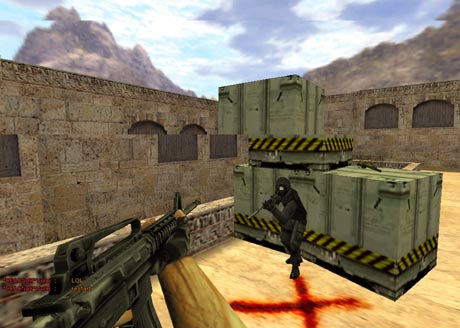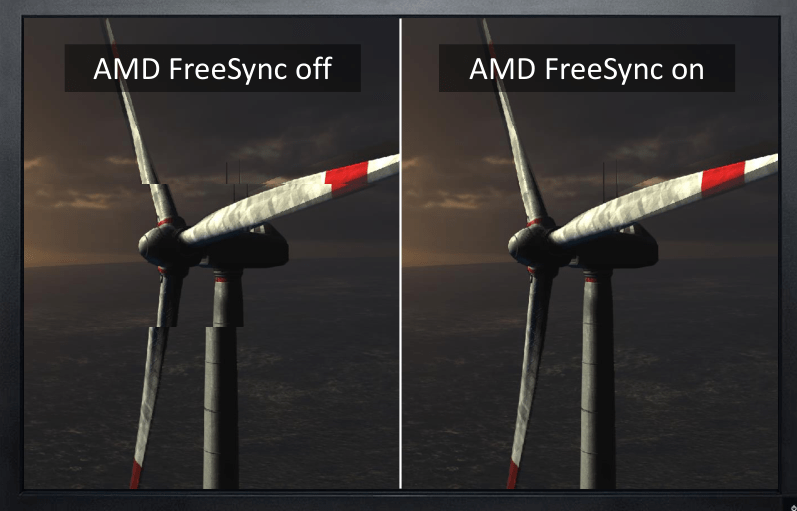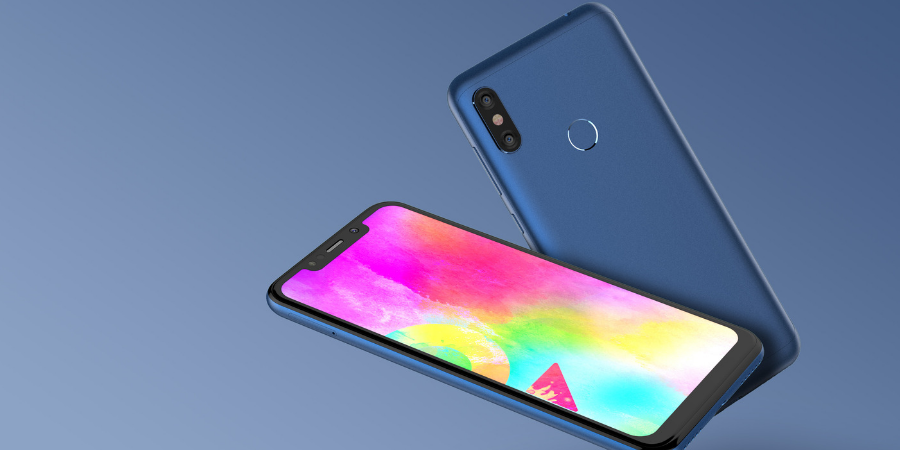If you are into PC gaming, you have probably heard of FreeSync. It is AMD’s solution to screen tearing. A few years after introducing FreeSync, AMD also introduced FreeSync Premium and FreeSync Premium Pro. If you are not sure about the latter two terms, keep reading. In this article, I will explain FreeSync, FreeSync Premium, and FreeSync Premium Pro differ.
Before I proceed with FreeSync, you should know about screen tearing. Screen Tearing is the visual effect that appears in two cases. First is when the graphics card produces more frames per second than the monitor can display. The second is when the monitor refreshes faster than the frame rates GPU sends. If you use a high-end graphics card but a traditional 60Hz monitor, you will see screen tearing while gaming.
See the screen tearing on the upper box and wall.
Also read: Gaming Monitor Buying Guide
VSync is the software solution to this problem that forcefully locks your GPU to 60 FPS to match the monitor’s refresh rate. But this solution doesn’t allow you to use your high-end GPU to its fullest.
In early 2013, Nvidia came with a hardware solution to fix screen tearing. The company calls it G-Sync that allows the display’s refresh rate to adapt to the graphics card. For a monitor to support G-Sync, the Monitor manufacturer needs to get a G-Sync module sold by Nvidia. This licensing cost increased the monitor prices. G-Sync also works only with Nvidia’s GPUs and can be used only via DisplayPort 1.2,
Two years later, AMD introduced FreeSync. AMD also allowed monitor brands to use the FreeSync for free. So, FreeSync became widely available without pushing the monitors’ prices. AMD still requires monitors to meet certain requirements but didn’t charge for this. FreeSync works similar to G-Sync and dynamically adjusts the monitor refresh rate to avoid screen tearing.
Also see: G-Sync vs FreeSync
Now when you got an idea of screen tearing and how different companies tried to solve the issue, let’s come on the topic.
FreeSync
FreeSync is AMD’s technology to avoid screen tearing. As I already said, FreeSync dynamically adjusts the monitor’s refresh rate to match the graphics card’s framerates. Let’s take an example. If your monitor supports 144Hz gaming but your graphics can only produce 120 fps for a game, your monitor will automatically start working at 120Hz. This stops screen tearing from taking place. This adaptive sync is done on the hardware level. FreeSync is based on VESA’s Adaptive-Sync protocol. So it works over DisplayPort and ports.
AMD has its own testing process for FreeSync. The monitor needs to go through this testing to get FreeSync certification.
FreeSync Premium
At CES 2020, AMD introduced FreeSync Premium that aims to improve the predecessor. The most notable addition to FreeSync Premium was low framerate compensation (LFC). LFC hands the framerate dropping below the monitor’s range. If FPS drops below the monitor’s range, LFC will increase the monitor’s refresh rate and will still prevent the screen tearing. FreeSync Premium also requires a refresh rate of at least 120Hz and 1080p resolution.
As the technology is new, not many monitors are available. AMD claims that there are over 300 monitors that support FreeSync Premium. I am not sure how many of these models are available in India.
FreeSync Premium Pro
FreeSync Premium Pro was originally known as FreeSync 2 HDR. But the company changed the name to FreeSync Premium Pro to let us know that FreeSync Premium Pro is the successor to FreeSync Premium. FreeSync Premium Pro is for HDR monitors and aims to offer smooth HDR performance. FreeSync Premium Pro also supports LFC that was introduced with FreeSync Premium.
FreeSync Premium Pro is relatively new, so not many titles support it. There are a few names including Horizon: Zero Dawn, Call of Duty: Black Ops 4, and Far Cry. This list will surely increase with time. Here is a list of games that support FreeSync Premium Pro.
FreeSync vs FreeSync Premium vs FreeSync Premium Pro
| FreeSync | FreeSync Premium | FreeSync Premium Pro |
|---|---|---|
| Tear-free | At least 120Hz at FHD resolution | HDR support |
| Low flicker | Low framerate compensation (LFC) | At least 120Hz at FHD resolution |
| Low latency | Tear-free | Low framerate compensation (LFC) |
| Low flicker | Tear-free | |
| Low latency in SDR | Low flicker | |
| Low latency in SDR and HDR |
FreeSync TVs
Not just monitors, there are also TVs with FreeSync support. Samsung has dozens of TVs with FreeSync. These TVs target gamers. Xbox One X and Xbox One S support FreeSync. You can turn on the TV’s FreeSync feature from Game Mode in its Settings menu.








